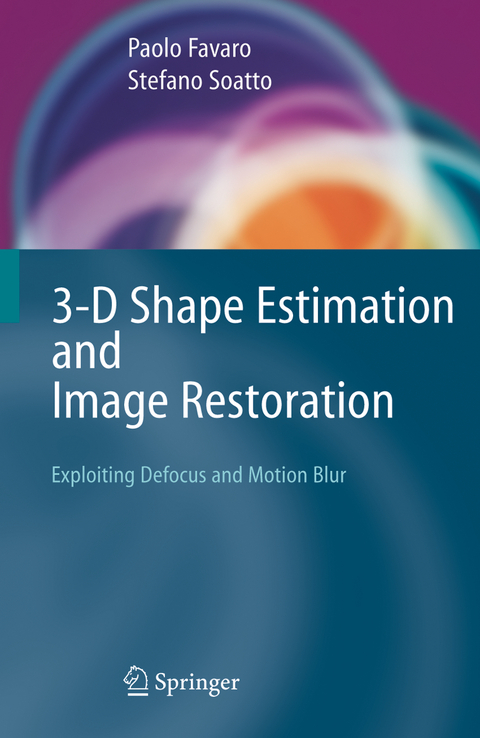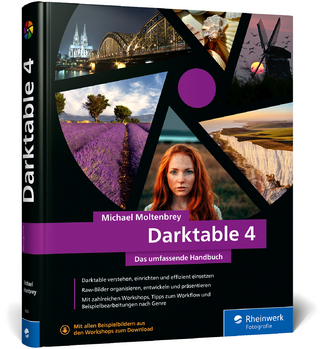
3-D Shape Estimation and Image Restoration
Exploiting Defocus and Motion-Blur
Seiten
2013
Springer London Ltd (Verlag)
978-1-84996-559-0 (ISBN)
Springer London Ltd (Verlag)
978-1-84996-559-0 (ISBN)
Images contain information about the spatial properties of the scene they depict. When coupled with suitable assumptions, images can be used to infer thr- dimensional information. For instance, if the scene contains objects made with homogeneous material, such as marble, variations in image intensity can be - sociated with variations in shape, and hence the “shading” in the image can be exploited to infer the “shape” of the scene (shape from shading). Similarly, if the scene contains (statistically) regular structures, variations in image intensity can be used to infer shape (shape from textures). Shading, texture, cast shadows, - cluding boundaries are all “cues” that can be exploited to infer spatial properties of the scene from a single image, when the underlying assumptions are sat- ?ed. In addition, one can obtain spatial cues from multiple images of the same scene taken with changing conditions. For instance, changes in the image due to a moving light source are used in “photometric stereo,” changes in the image due to changes in the position of the cameras are used in “stereo,” “structure from motion,” and “motion blur. ” Finally, changes in the image due to changes in the geometry of the camera are used in “shape from defocus. ” In this book, we will concentrate on the latter two approaches, motion blur and defocus, which are referred to collectively as “accommodation cues.
Basic models of image formation.- Some analysis: When can 3-D shape be reconstructed from blurred images?.- Least-squares shape from defocus.- Enforcing positivity: Shape from defocus and image restoration by minimizing I-divergence.- Defocus via diffusion: Modeling and reconstruction.- Dealing with motion: Unifying defocus and motion blur.- Dealing with multiple moving objects.- Dealing with occlusions.- Final remarks.
| Erscheint lt. Verlag | 18.2.2013 |
|---|---|
| Zusatzinfo | XIV, 249 p. |
| Verlagsort | England |
| Sprache | englisch |
| Maße | 155 x 235 mm |
| Themenwelt | Informatik ► Grafik / Design ► Digitale Bildverarbeitung |
| Informatik ► Grafik / Design ► Film- / Video-Bearbeitung | |
| Mathematik / Informatik ► Informatik ► Software Entwicklung | |
| Informatik ► Theorie / Studium ► Algorithmen | |
| Informatik ► Theorie / Studium ► Künstliche Intelligenz / Robotik | |
| Mathematik / Informatik ► Mathematik ► Analysis | |
| Technik | |
| ISBN-10 | 1-84996-559-5 / 1849965595 |
| ISBN-13 | 978-1-84996-559-0 / 9781849965590 |
| Zustand | Neuware |
| Haben Sie eine Frage zum Produkt? |
Mehr entdecken
aus dem Bereich
aus dem Bereich
Modelle für 3D-Druck und CNC entwerfen
Buch | Softcover (2022)
dpunkt (Verlag)
34,90 €
Methoden, Konzepte und Algorithmen in der Optotechnik, optischen …
Buch | Hardcover (2024)
Hanser (Verlag)
39,99 €


